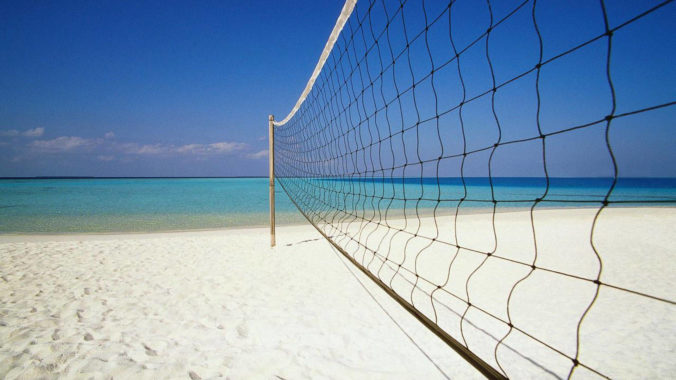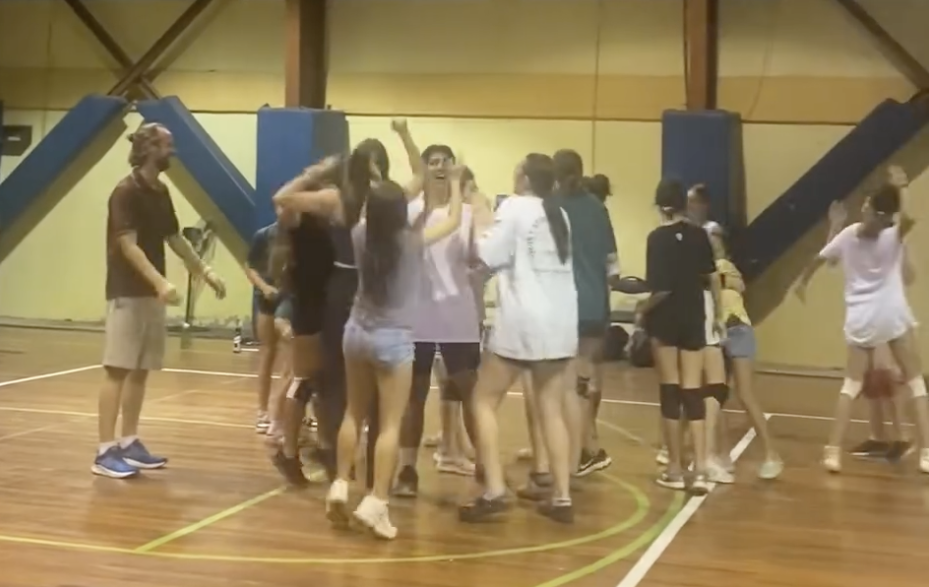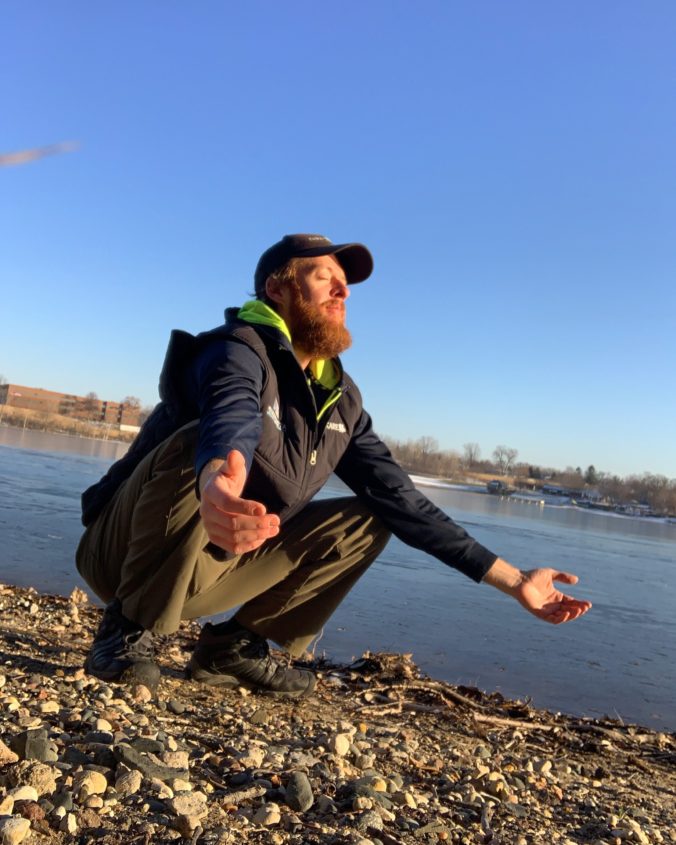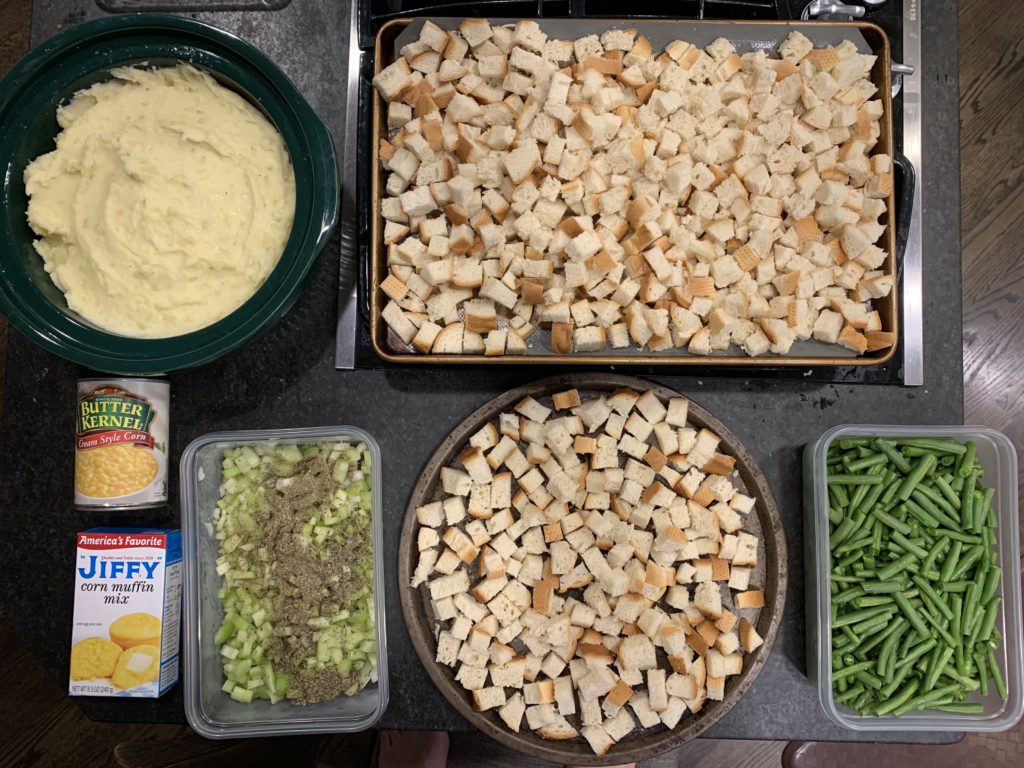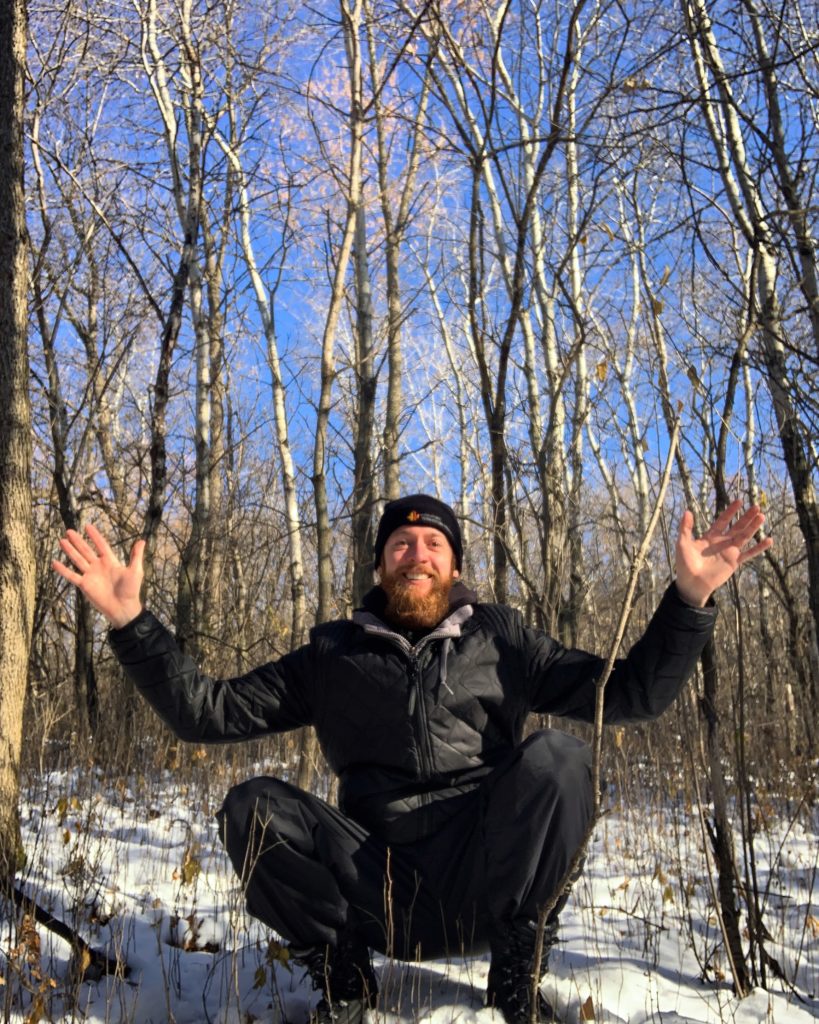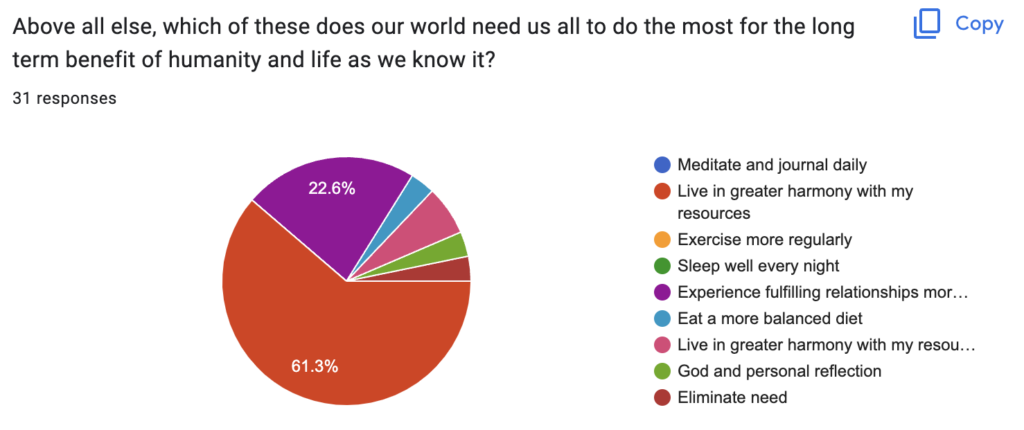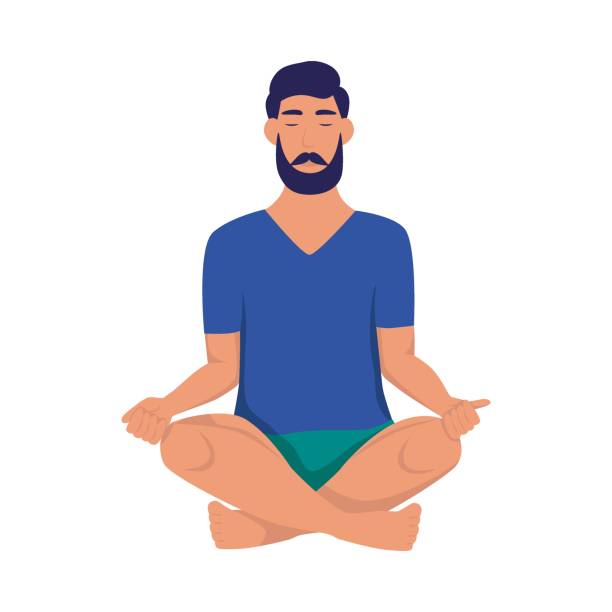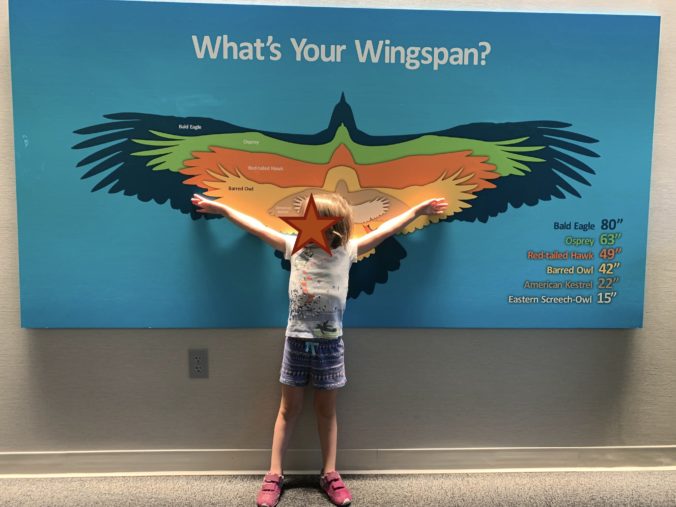As I mentally prepared to move to Costa Rica, I knew things were going to change for me. In fact, I was planning on it.
I was moving to a new country with many intentions, one of which was leaving behind certain parts of my old life. I wanted to strip away the clutter, the physical clutter of the many items that had amassed in our too-large home, the mental clutter of a challenging job in a busy life, and the overall soul/being/belief/understanding sort of clutter one accumulates from 37 trips around the Sun. The idea was do less chasing after stuff and to create more spaciousness. Space for what, exactly? I couldn’t say, exactly.
As I would journal and contemplate and do many mental exercises, thought experiments, and soul searches to help me determine my life purpose, to help me figure out what I’d want to pursue in this next season of my life, what I yearned to do more of, who I wanted to become, who I wanted to be right now… the same smattering of ideas would emerge, in no particular order: music, blogging, meditation, volleyball, strength training, gardening, hiking, more time with kids, creating a podcast, writing a book, learning more wilderness skills and bushcraft, volunteering…
I intentionally left it open-ended as we completed the move, because I knew I was going into the unknown, into a new place with a different climate, landscape, and culture. I didn’t want to be attached to any singular narrow vision too tightly; I didn’t know what effects this major transition was going to have on me and my family. I just knew I wanted to live with more space. I wanted to give myself the freedom to do and to be whatever felt right and leave any notion of what I’m “supposed to be” and “supposed to do” in my rear view mirror.
Now that three months have gone by, I’m noticing that, perhaps unsurprisingly to some, it has been volleyball that has emerged as one of the primary endeavors I’m pouring myself into in this first chapter of my life in Costa Rica.
COACHING
What started out as a casual offer to the school Movement Director during New Family Orientation Day, that I could “pitch in where needed” with the volleyball program, has turned into a Head Coaching position of a multi-school youth volleyball club. I started my first day as Coach with 28 kids, one decrepit net with an archaic, rusty crank system, and a cart of volleyballs. I had no whistle, no clipboard, and no help, other than the handful of notes and drills I’d scratched into one of my kids’ half-used Five-Star notebooks earlier that day. Three months later, I work with another co-head coach, we’ve formed two competitive teams of 15 kids each, started an “open gym” night for all youth from the area to work on volleyball skills, and we’ve even played (and won) our first match against another club team. And I now don’t forget to bring my whistle to practice.
One of the best experiences of coaching this youth club team so far was the night after our first match. It was a nailbiter of a match, where, in a best-of-five competition, we won-lost-lost-won the first four sets, so it came down to the fifth and final set, where we did ultimately emerge victorious with a 25-23 final score.
The best part of this, though, was not that our team won, but how I felt that night. As I laid in bed getting ready for sleep, I could feel an energetic hum circulating through me. It felt familiar. I realized I’d felt this way many times before, in high school and in college, on the nights after I’d played in a sanctioned, refereed volleyball match. My mind would be reviewing and replaying the various rallies from the match that afternoon, reliving particularly enjoyable spikes or blocks and learning from unforced errors. This time, as post-game coach instead of post-game player, that electric current running through me was more subdued, not quite as consuming as when I was a young lad, but it was still there, and it felt good. For a few moments, I got to feel like I felt when I was 18. Magical!
BEACH
I’ve also gratefully been welcomed by the small group of advanced beach players that live in my area, who turn out to be totally rad, generous, and kind people. We gather sporadically, several times per week, at either Tamarindo Beach or Playa Grande, the two closest spots with sand nets in our pocket of Guanacaste.
The volleyball sessions are organized in a small group message thread, not unsimilar to my old group text chains coordinating 2-on-2 pickup ball with the guys at the sand courts around Bde Maka Ska in Minneapolis. The only difference is, in Minnesota, we’d plan things out a few days in advance, to give everyone time to finagle ducking out of work early or to “work remotely” that afternoon or to “need to pick up their kids from daycare” that day. Here in Costa Rica, the group thread to schedule a pickup session always starts with someone sending out the same one-word message: “Tomorrow?” At first this lack of advanced planning frustrated me, as it felt like it thwarted my attempts to be a good partner and dad, to communicate to my family when I’d be missing the morning get-to-school routine. However, I’ve come to learn that the reasons we don’t plan things further out here are part cultural but also part practical – sometimes big rains come for days on end, disrupting everyone’s schedules in myriad ways. If you don’t make plans, then your plans can’t get ruined.
INDOOR
I’ve also now started playing indoor volleyball, through an introduction from someone on the sand courts. They had been lamenting how that, for weeks, they’d been trying to organize a group of advanced indoor players, but were having a hard time bringing it all together. After connecting those I’d met at the beach to the indoor crowd, we now have enough people to have epic, high level volleyball going once per week at a gym in the nearby town of Huacas.
Amidst all of this, the school our kids attend is nearing the completion of building a new gymnasium. This is a huge deal for the school and the surrounding community. Currently the school leases a gym space down the road in order for students to be able to play volleyball or basketball. This space is hot, dusty, hot, far away from the school, and really stinkin’ hot. The new gym is being built on the school grounds and will have a roof with an open air design, which will protect everyone from the sun and provide air flow at the same time. Basically, the basketball and volleyball programs at the school are about to get a major upgrade, and I happen to have moved here right before that all gets going. This feels like yet another sign that I’m meant to participate. The volleyball-loving entity within me has taken action, and I now am on a small committee of parent volunteers to raise funds for the new gym so that it can get equipped with a proper roof, floor, and sports equipment.
CONNECTION
And now, because of my position with the youth team, my avid playing at the beach, and my general disposition of being passionate about the sport, more and more people are getting connected. It seems like not a week goes by now where I don’t receive at least one message out of the blue from someone who got my info from someone else. In referring to my ability to bring people together, someone told me, “We need you!!” It all is making me feel like this is part of why I’m here, this is part of what I’m meant to do here, an ideal use of all my skills and past experiences that have put me in this position in this time and place.
SEARCHING FOR AND FINDING A SENSE OF PURPOSE
It feels like, and this feels scary to admit, that being “the volleyball guy” down here is my first taste of what it feels like to actually be living out my purpose. It feels like I might actually be offering one of my ideal, optimal gifts to the universe. That feeling is a feeling I’ve been searching for over the last year and a half.
There are exercises one can do to help hone in on one’s purpose or one’s next move in life. I have done many of them. For example, Josh Steimle’s way of thinking about this is to find your “Genius Zone.” You write down a list of all the things in which you are an Expert. This can be anything from speaking English to sales to raising a five year old to the behavior patterns of chihuahuas in Minnesota. Then you identify which of all of these things is your One Big Key Zone, the one that you are a deep expert in. If your whole career has been in real estate, then real estate is probably your One Big Key Zone. Lastly, you identify your Secondary Zones. Then you make a Venn diagram. In the middle of that Venn diagram is your Genius Zone. So let’s say your One Big Key Zone is real estate, and two of your Secondary Zones are speaking Spanish and writing. Plot those three zones on a Venn diagram, and boom – writing a blog in Spanish for how to purchase your first home is your Genius Zone; it’s a project you could undertake that brings your special talents together.
Another way I’ve journaled to try to get to the root of what I’m meant to do with my life is to free write on the following prompts:
- What do I care about deeply? What do I value?
- What am I good at?
- What do I really enjoy?
- Imagine it’s ten years from now, everything has gone “right,” and I’m the best version of myself I could possibly be. What am I doing? What’s important to me?
- How can I feel more fulfilled?
The idea after free writing on all of these questions is then is to take a step back and look at what’s on the pages, to see if any patterns or trends emerge, if, in reading any of my own answers, I feel a particular gravitation or aversion to any of them. All of this work was ultimately pointing to my underlying desire to be able to get to a point in my life where I am giving my best offerings to the universe. I’m fortunate to feel like I have several areas of passion and expertise, but it also has presented a quandary; if I pour myself into one area, let’s say writing a book, then yes this is taking advantage of one of my talents but is this really the best endeavor I could pursue? What if I get deep into a book writing project, spending countless hours of my life on it, when all that time and energy could have been better spent creating a podcast or producing a funk album or selling more solar panels? What if one of those projects would ultimately have a bigger, more positive impact on the world? How can I know what is truly the best thing for me to pursue?
And so, with that fixation on perfecting this thought experiment, I then loop back into more analysis. Welcome to the loop I’ve been on for the last year and a half.
When I mentioned all of this work and mental acrobatics to my unofficial life coach, he advised that I not focus so much on getting it “perfectly,” “optimally” right and simply to do three things: experiment, live in gratitude, and know that if the path feels right (if my vitality or life energy is up) then it probably is right.
And what I have now noticed as I look back on all of those purpose-seeking exercises is that “volleyball” was in every one of those journal entries. I would always write down “volleyball” at some point as one of my genius zones or something that brings me joy. And as I reflect on the most recent three months of my life here in Costa Rica, I also notice that I’ve been prioritizing volleyball without intentionally doing so. It’s just happening. The 24 years’ worth of experience and pleasure playing this game is like its own entity within me acting on its own. I find myself raising my hand to coach a team, to drive 30 minutes to find advanced beach players, to guide a “parent’s volleyball night” at the kids’ school. It all feels so natural. It feels like it’s what I’m “supposed” to be doing here and now.
And admitting that, saying out loud that it feels like volleyball might be my purpose right now, feels silly. Trivial. Dumb. A voice creeps in saying, “Really? VOLLEYBALL is the best you can do? A game?! You have all this privilege and good fortune and a sound mind and you’re going to use all of that for a GAME?!”
Whose voice is that? Who knows? But yeah, I am embracing this game. Why?
- it’s a need in this community
- it’s good for my body
- it’s a built-in way to grow my network of familiar people in this new place
- there are signs all around me pointing me in this direction
- I get to access feeling like a teenager again
- I get to help and add value to this area right now
- I love to play
Volleyball actually is the thing I’m way over my 10,000 hours on. It is the thing I can do and do and do and never get bored of it. The thing I happily pay money to do (to pay for the indoor gym time). It’s the activity I have dreams about; I can’t begin to tell you how many times I’ve dreamt of spikes inside the ten foot line and of straight-down block kills. It’s the one sport I’ve been playing for more than half of my life. It’s the only thing I set my alarm for in Costa Rica. It’s the one movement practice I’ve stuck with consistently for over 20 years, without any effort or discipline or grit. It’s been easy because it’s the one thing I truly do love.
So why do I need to question it? To doubt it? To continue to search and chase and strive to level up to something greater? Can’t it be enough that I love a thing and it makes me feel happy and it’s good for my health and I can help the people near me with my talents, all while embracing the notion that it doesn’t have to be forever, it can just be enough for right now? Well gosh darnit, I think it can!
—
If you spend a bunch of time searching for your life’s purpose, you might just find that it’s been hiding in plain sight all along.
